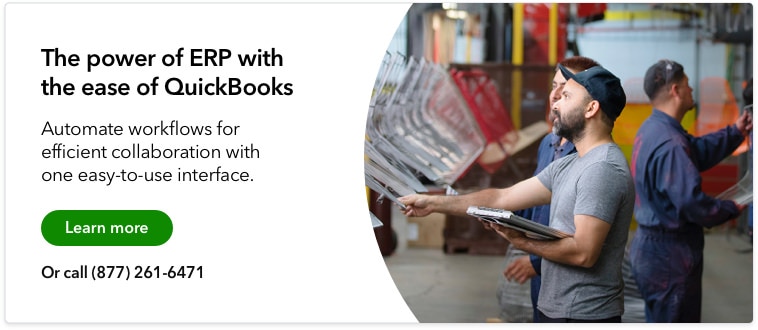Enterprise Resource Planning (ERP) implementation is the process of installing and a software suite that streamlines business operations. Rather than one application, ERP software includes multiple modules like accounting, inventory management, and payroll, designed to run your business from end to end.
When deciding to purchase an ERP system, it’s important to consider the benefits and drawbacks of an ERP.
In this guide, you’ll learn:
- The 8 steps of an ERP implementation process
- Mistakes to avoid when implementing an ERP
- Implementation best practices
- The ERP implementation timeline
- The approximate cost of ERP implementation
Let’s get started with the first step of the ERP implementation process: research and planning.












